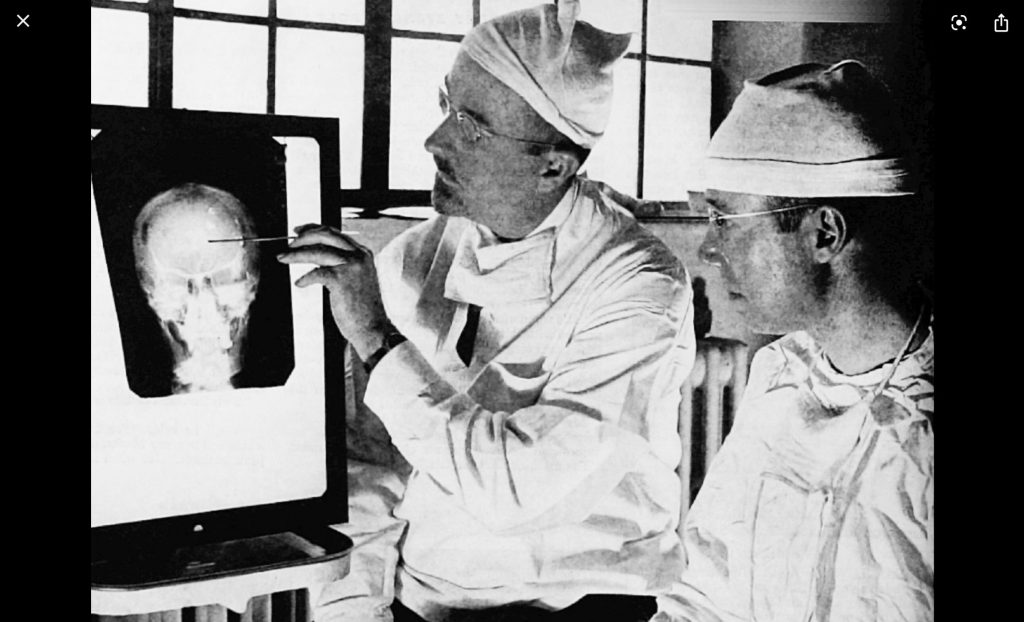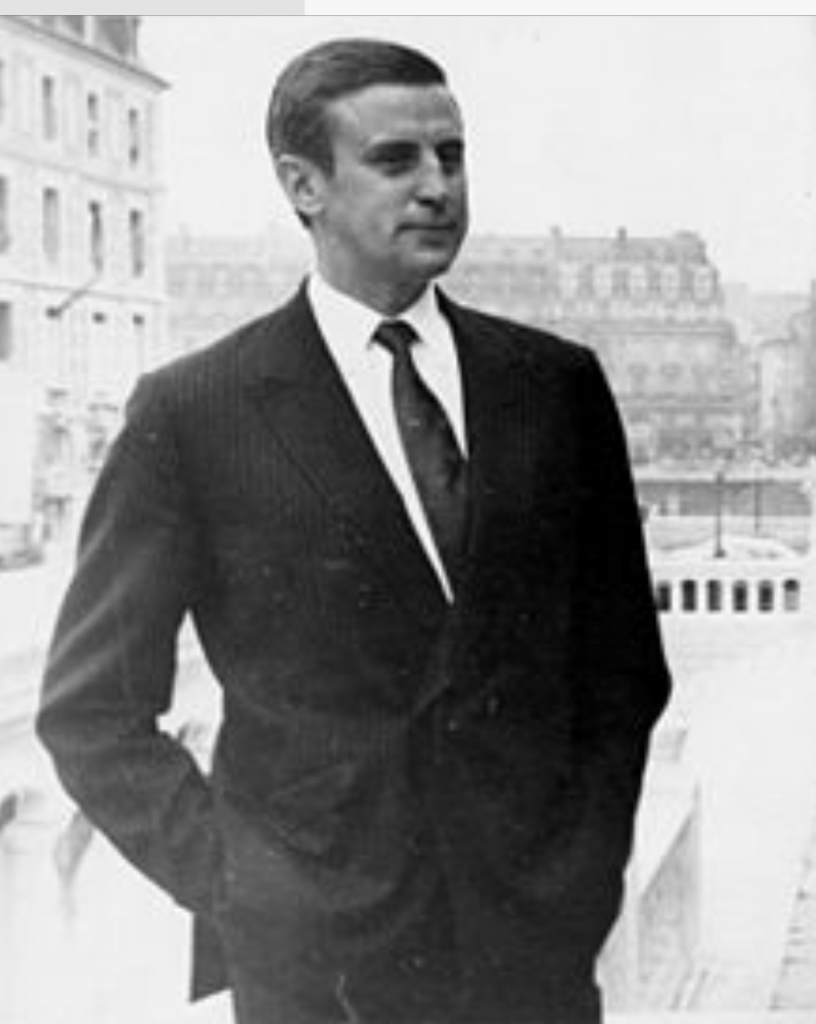
In prominent racing countries, the days in which professional punters were profitable using Scientific Betting Strategies are long gone. Nowadays, bettors are so well informed that the modern investor needs to earn his supremacy elsewhere. He will have to successfully combine a deep data analysis with a large input of Intuitive Intelligence.
History
All sports betting is a competition between participants who have an edge against the participants that have none. The edge comes from crucial information, whether that is quantitative (scientific model prediction) or qualitative (human instinct). All the giants of the past had in common the use of a superior data driven system that gave them an advantage over other punters. Superstars like Phil Bull in the 40s in the UK, Patrice Des Moutis in the 60s in France or Bill Benter in the 80s & 90s in Hong Kong were tremendously successful financially using scientific algorithm-based strategies in a market against uninformed and oblivious participants.
Let’s stop for a moment and have a close look at two of them, that from nothing, earned several millions of dollars betting on horse racing:
Patrice Des Moutis’s story is fascinating and well documented in the book of Jamie Reid ‘’Monsieur X”. A graduate from the prestigious Ecole Central in Paris, he was initially an insurance risk assessor. He quickly became interested in testing his mathematical skills in the new sport in town called “Le Tierce”.

Le Tierce was created in the early 50s when, after WWII, pari-mutuel wagering was severely declining and the head of the institution devised a new game that could captivate the French imagination.
They created ”Le Tierce”, a Trifecta in a well matched large field (18+runners) taking place every Sunday. Aggressive advertising campaigns drew small recreational bettors from all walks of life, challenging them to pick 3 numbers of their choice. They usually went for their date of birth, social security numbers, license plate numbers etc… They were buying the dream of winning big and having a life changing luck. The small players, content to wager minimum stake, were treating ‘’Le Tierce ‘’ like a huge lottery without having any information whatsoever on form and connections. Of course these 5 million uneducated, aspiring millionaires, created a huge pool that our ambitious Des Moutis, armed with his superior mathematical skills and Bayesian equations, was more than happy to prey upon.
He adopted a highly cerebral approach drawing on his understanding of form, probabilities and statistics. Des Moutis quickly became the Superman of ‘’ Le Tierce ’’ frequently winning half the pool just by himself. However Des Moutis‘s Golden Goose died when the leaders of the institution recognized that his winnings were a threat to the survival of the game. They had enough of his extreme profiteering and imposed a limitation to the volume of his bets. After he started to use proxies to be able to carry on , the game institutions put a halt to his operation by legal means.
Nowadays a substantial specialized press covers ‘’Le Tierce’’ and only a very few players bet without studying the form. The institution had to transform the bet into Quinte (pick the first 5 horses in order) to keep any chance of having large payouts and to preserve the dream to win very big.
Bill Benter is probably the world’s most successful horse racing gambler. In association with Alan Woods, Bill developed a software program designed to pick race winners in Hong Kong. He was definitely at the right place at the right time to make a killing. Hong Kong betting was at its infancy as the gambling ordinance was only enacted in 1977, with a huge pool filled up by an abundance of uninformed players with deep pockets as Hong Kong was booming economically.
The saga ended when The Jockey Club began to publish collections of technical data and analysis on its website in order to level the playing field. Then, new betting syndicates moved in and were soon using the same tools that Benter used (form, past races analysis etc..) which spoiled his edge. As Adam Kuchaski asserts in his book “The Perfect Bet”: “Ideas are less lucrative once others notice what is going on as exploitable situations become widely known, the market gets more efficient and the advantage disappears”.
Benter dedicated the rest of his life to charities as he expressed a hint of consternation about taking advantage of the unaware and unsophisticated public.
The Ignoramus
These highly successful gamblers had the good fortune to operate on a very immature market with an edge against opponents without one. As Ed. Thorpe used to say: “The best is when you have an edge against others who don’t but think they do”.“People are usually taking risks not out of bravado but out of ignorance” observed Nobel Prize winner Daniel Kahn xx eman.
Unfortunately, one cannot help but notice that such opportunities are terribly scarce nowadays and the use of a quantitative approach to obtain an edge looks worthless, as modern punters are more informed than they ever have been. This situation has been well described by Andrew Beyer. In the initial chapter of “Beyer on Speed” he recalled “when in the 70s I started calculating speed figures and using them to bet on horses, I quickly saw that they were the most powerful tool in the game”. ‘’The basis of the success was not only the accuracy of them but the simple fact that I had them whilst others didn’t”. However, in 1983 in the “Winning Horseplayer” he acknowledged that “the increasing sophistication of American bettors was making the use of figures less and less profitable . It was becoming incredibly difficult to stay ahead of the game. It has become sharks against sharks and it seemed to be unwinnable”.
As the time in which advantages given by a quantitative approach of the game have vanished, the modern profitable horseplayer will find his edge in the qualitative angle . Even if he is an erudite with strong mathematical skills, he has no dogma, no misconception, no philosophy and is always ready to learn and to adapt.
Ideally , he is a “flaneur” , profoundly dissatisfied with his own knowledge, has an open mind and is what Nassim Taleb calls an “Ignoramus’’.
Our ignoramus will find an edge in a very unusual place that has been greatly overlooked by our modern culture but which necessitates some very uncomfortable contortions. In this article, I will reveal what it is and where to find it.
My perspective comes from my strong scientific background along with my work as an odds compiler in charge of producing profitable returns for investors over the last 6 years. As a handicapper, you are as good as your judgment and the fact that the results come so quickly after your prediction offers a unique opportunity for experimentation. As racing delivers instant feedback it provides a tremendous opportunity to learn and improve. When I started I felt like my brain was overwhelmed by all the different variables involved (form, physical potential, behaviour etc..) in the context of a race (distance, ground, jockeyship, post positions, pace scenario and race dynamic). However, I learned to trust my intuition even if I couldn’t explain it.
For example, when a horse walks into a parade ring it takes me 2-3 seconds to see if it has any sort of chance, and the less time I spend thinking about it the better. As the brilliantissimo A.J Dijksterhuis experimentally demonstrated “in complex problems, when we have the opportunity to take our time and be rational, we tend to make the worst decisions’’. These surprising results have been confirmed numerous times not only in our own experience but also by a load of neurological and neuropsychological scientific studies. Analysis, rationality, logic and thoughts create mental confusion and insecurity that decrease the performance of the decision-making process.
George Miller in the article entitled “The magic number 7 +- 2” described the limit of our capacity for processing information using our rational brain. Odds compiling involves evaluating hundreds of thousands of observations and our rational brain has no chance of having the ability to do this in a methodical fashion. Unfortunately, most people are completely and unreflectively seduced by the rhetoric of reason. Odds compiling is about perception, creativity and intuition. Watching racehorses requires a different way of seeing which is very specific and very different from the way we normally use vision to navigate our daily lives. It is difficult to articulate it in words and requires us to use our brain differently.
The divided brain
The findings exposed in this article have been proven empirically very successful. Let’s have a closer look into it. As a result of extraordinary work done by neuroscientists over the past 60 years, we know now that despite our strong sense that we are one person, our mental functions are divided between two cerebral hemispheres. While the hemispheres are visually similar, each has its own way of knowing, and its own way of perceiving external reality.
Seen from above, the human brain resembles a walnut with two halves. They are separated by a longitudinal fissure and connected by a thick band of nerves fibers.
Now, all the most eminent scientists led by Nobel prize winner R.Sperry, as well as I.McGilchrist, V.S Ramachandran, N. Doidge etc… came to recognize the functional differences in both cerebral hemispheres. Each one specializes in different modes of thinking.
| Left Hemisphere (LH) | Right Hemisphere (RH) |
| Rational Intelligence | Intuitive Intelligence |
| Slow | Quick |
| Data Driven | Shortcut of Years Of Experience |
| Logic | Emotional |
| Conscious | Unconscious |
| Explicit | Implicit |
| Verbal | Visual |
| Detail Oriented | Holistic |
There is a profusion of evidence that the LH is better attuned to tools and to whatever is inanimate, mechanical and machine like. The RH is adapted to living things, flexible, organic and constantly changing.
The two hemispheres can work together in a number of ways: cooperation, leading, following etc..
Research and personal experience have demonstrated that they can conflict with one another attempting to do what the other half knows it can do better.
As the LH is drawn by what it expects to see, it is the RH that outperforms the LH whenever prediction is difficult and the task is complex like in odds compiling.
When a horse enters the paddock an instant release of noradrenaline enters the RH of the handicapper.
Novel experience induces changes in the right hippocampus but not the left. It is the RH that handles the visual imagery. So, it is not surprising that the RH is far more important than the LH for appreciation of racehorse’s strength, fluidity, endeavour etc.. which need to be assessed as a whole. Unfortunately, we tend to listen more to the LH as it is more explicit. Ian McGilgrist calls it “the Berlusconi of the brain”.“It controls the media, does the speaking and constructs the argument in its own favour”.
Prisoner of Expectation
I have personally been struggling with it as soon as I undertook the job of forecasting race results and we quickly realized that the only way for me to find the edge and produce profits was to let my RH do the job and keep my LH out of the way. It has been a real contortion (skill of using a part of your body in a bizarre position) for me as my education and upbringing taught me to let the LH have his way. Incredibly it went reasonably well for 30 years until I dug deep into the odds compiling job. RH deals with whatever is implicit and picks up subtle and unconscious perceptions. Princeton psychologist Julian Jaynes in “The Origin of Consciousness” points out that very little brain activity, less than 5% is in fact conscious. We make decisions, solve problems, make judgements, discriminate without any need for conscious involvement. It confirms what Hans Vaihinger wrote: “ the organic function of thoughts is carried on for the most part unconsciously”.
In problem solving, the RH holds an array of possible solutions in suspension together without premature closure on the outcome. The LH always returns to what it already knows, and is unlikely to go beyond it, which makes us “prisoners of expectation”.
The LH knows how to see a horse in terms of rating, ratio, algorithms and an assemblage of parts ( neck, limbs, tail etc) without making a reference to the whole. It reduces it as a machine and misses the fact that thoroughbreds are animals with a complex psychological and physical makeup running in the organic context of a horse race.
The famous experiment of Simons and Chablis ‘’ The Invisible Gorilla ‘’ has shown how incredibly easy it is to miss the most obvious feature when they do not fit the template we are currently working with.
However, the LH is over optimistic and unrealistically positive in self appraisal. The “Berlusconi of the Brain” is in denial with its shortcoming and unreasonably certain that it understands things in which he has little knowledge.
By contrast, the RH is far more inclined to self-doubt and is a lot more uncertain of what it knows and has no voice since the motor speech center lives in the LH.
Intuitive intelligence
When we ask a winning professional odds compiler to articulate the source of his insight, he usually answers :
“I don’t know, I just did!”
In fact he knows more than he thinks he knows !
He has emotions, they are windows into the unconscious, visceral representation of all the information he processes but doesn’t perceive.
The sight of a thoroughbred walking or galloping will generate either positive or negative emotions.
Joseph LeDoux neuroscientist at NYU explains “ the conscious brain may get all the attention but it is a small part of what the brain does”. What we feel is really a visceral response to all the information that can’t be accessed directly. When we observe horses, our unconscious RH is processing all the data. The fit horses trigger the most positive emotion, the unhappy and sore horses trigger a vague sense of unease.
Our feelings act as a powerful shortcut as we do not have to carefully analyse every alternative. The result is the emotion, an expression of our decade worth of experience.
We tend to think of someone with expertise as having a vast amount of explicit knowledge, but in fact the expert handicappers are actually profoundly intuitive.
When an odds compiler evaluates a race, he doesn’t systematically compare all the options or consciously analyse all his observations. He does not rely on elaborate spreadsheets or long lists of advantages or disadvantages for each runner or jockey.
Instead, the ignoramus naturally depends on the emotion generated by the orbital frontal cortex of his RH.
His past forecast errors have been translated into useful knowledge which allows him to tap into a set of accurate feelings he can’t begin to explain.
Conclusion
We can conclude by stating that the most valuable asset of the profitable decision-maker in forecasting the horse racing results is his ability to manage his two cerebral hemispheres as any competition between the two will cause bankruptcy. In our next article we will explore together how we can do that.




